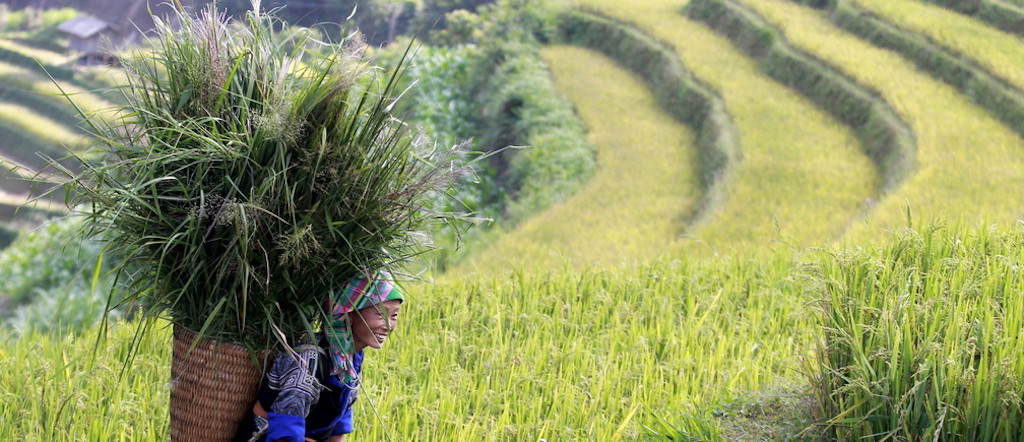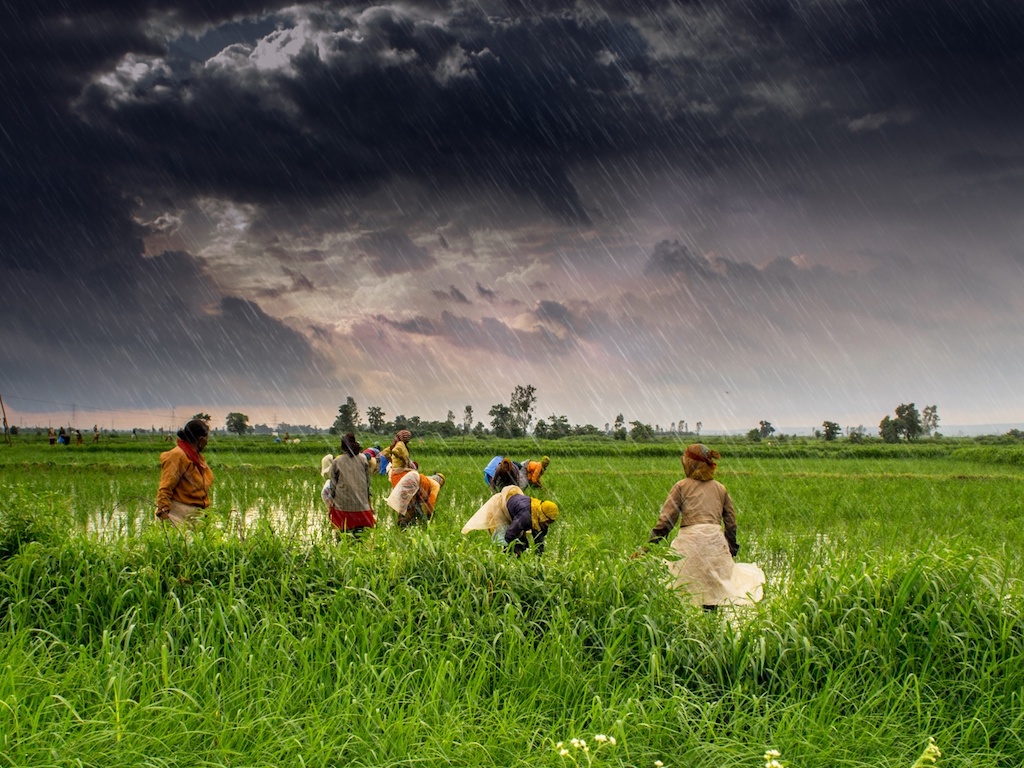4 Mins Read
Asia is facing a massive food crisis. The continent is currently home to half of the world’s population – and it will continue to grow to almost 5 billion by 2030, amid a global climate crisis that will threaten crop yields and the stability of food supply all over the world. In a new report by multinational firm PwC, Dutch bank Rabobank and Singaporean investment company Temasek, analysts say that the region needs US$800 billion in the next 10 years to meet the food challenges to come.
The Asia Food Challenge Report outlines the key challenges that Asia will face in the next decade. On its current trajectory, Asia will be “unable to feed itself” and will therefore require another US$800 billion to help the region produce more food to meet its needs, the research finds.
“If this investment does not materialise, we believe the industry will struggle to keep up with demand, resulting in poorer food outcomes for Asia’s population,” the report says.
Currently, the continent and in particular its cities rely on food imports that flow from long supply chains across the world, from the Americas to Europe and Africa. Food supply in Singapore and Hong Kong, for instance, are over 90% dependent on foreign imports. The climate crisis will exacerbate food supply issues as more frequent climate-related disasters will affect crop yields and planting structures, creating price volatility for key staples, from bananas to rice. By 2030, the authors expect that climate change will decrease the amount of arable land by 5%.
Meanwhile, the population will continue to grow, adding further pressure to an already stressed food system. The report estimates that the population will grow by an estimated 250 million in the next decade — the equivalent of the entire current population of Indonesia.

Commenting on these findings to CNBC, Richard Skinner, the Asia-Pacific head of deals strategy and operations at PwC said: “When you start to add them all up, whether that’s climate change, increasing population, a more demanding consumer, all of those together is a pretty scary stark picture.”
The authors say that the US$800 billion investment opportunity must be directed towards the agri-food industry, especially in food technology and innovation to help meet the food challenges that Asia will face. Around half of the investment should go into the Chinese food system, says the report, primarily because agricultural companies that have some smart automation technologies are already in place in the country.
But while major Chinese cities such as Shenzhen, Beijing and Shanghai could become potential food innovation hubs, the report also highlights Singapore and Bangalore in India as key regions where food solutions will appear. Both cities already have a strong regulatory environment for startups and existing scientific and technological talent, the authors say.
“Perhaps one day consumers will choose (and pay more for) a food product because it bears the Singapore or Bangalore stamp of approval. ‘Produced with Singaporean technology’ could become a trusted regional hallmark for Southeast Asian food in years to come,” it said.
The report’s findings mirror the conclusions of another analysis of Asia’s new food economy. Published earlier this year, the Asia Alternative Protein Report highlights that Singapore is fast becoming a leading regional hub of food innovation, particularly in the space of plant-based and cultivated meat and proteins, citing supportive government as a key factor. The report also acknowledges significant food tech developments in Hong Kong and China, and is optimistic about commercial cultivated meat landing first in Asia before the rest of the world.
Concerns about food security have been reignited by the current coronavirus pandemic. A recent warning by the United Nations FAO chief Maximo Torero cautioned about protectionist policies such as tariffs and export bans could be threatening the food supplies of countries all over the world in a number of weeks. China, for instance, has already seen a shortfall in its supply of imported premium meat and dairy products, which is inadvertently encouraging consumers to purchase regionally grown, plant-based produce that leaves a smaller environmental footprint.
For other countries that are also dependent on the flow of the food value chain, investment in regional food production will be crucial to meet the needs of the Asian population – during the coronavirus pandemic and for years to come. Some environmental activists say that the pandemic is revealing the vulnerabilities of the broken global food system, and are calling on world leaders to take action to transform the system into one that is better for the people and the planet.
Want to know more about Asia’s alternative protein space? Download the first in-depth Asia Alternative Protein Industry Report: New Protein New Decade by Green Queen Media here.
Lead image courtesy of Rajarshi Mitra, CC BY 2.0.




